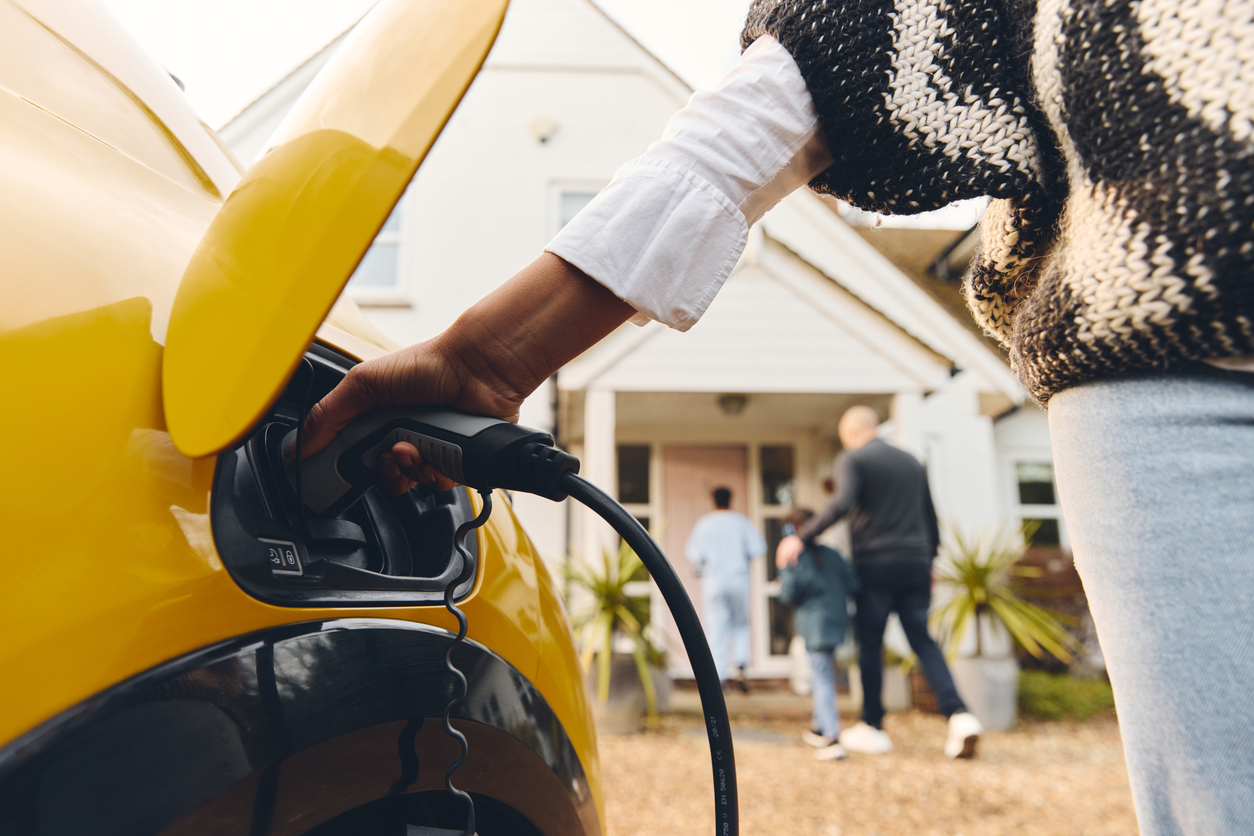As someone who spends a lot of time looking at risk and accident trends to help our partners understand what’s really happening with their fleets, I always find it fascinating when the data challenges assumptions.
Our latest analysis at AX has done exactly that.
Rear-end collisions once again top the list of the most common incidents across the UK according to our data, accounting for just over 22% of all the cases we handled.
While most of the many thousands of accidents analysed are non-fault incidents, it’s a reminder that even with modern driver-assist technology, low-speed impacts in traffic remain stubbornly common.
What many people may not expect, though, is how often vehicles are damaged while parked. Being hit while parked – usually unattended – comes in a close second at 21.8%. Car parks, residential streets, tight urban roads… they all continue to be hotspots for frustrating and avoidable bumps.
When we look specifically at electric vehicles, there are some interesting patterns. EVs are more likely than any other vehicle type to be hit while parked and unattended, at 25.14%. Combine that with attended parking incidents, and nearly a third of EV accidents happen when the vehicle isn’t moving.
Perhaps higher urban usage and the learning curve around parking tech could play a role. Or even the average size of EVs, with these vehicles often being larger prestige cars.
EVs are more likely than any other vehicle type to be hit while parked and unattended, at 25.14%. Combine that with attended parking incidents, and nearly a third of EV accidents happen when the vehicle isn’t moving.
Scott Hamilton-Cooper, Chief Commercial Officer - AX
On the flip side, EVs perform slightly better than petrol and diesel cars in rear-end scenarios. But they do show higher proportions of roundabout incidents and cases where a third party pulls out from a side road. Hybrid vehicles have their own quirks too, with the highest rate of side-road pull-outs overall.
While this study was more a curious look at the trends, we offer much deeper and highly relevant analysis to help our dealer, fleet and insurer partners to manage risk and improve driver behaviour. And when an accident does happen, it’s our job to make sure drivers stay mobile and that we get their vehicles repaired to OEM spec as quickly as possible.
As EV adoption grows and vehicle new technologies appear on the roads, insights like these can be increasingly important in helping to make driving safer and more efficient.
Read our commentary in more detail and view the results table here.









